
Picture: File
In a remarkable rebound from the turbulence of the COVID-19 pandemic, Australia’s aviation sector has soared back to pre-pandemic passenger and capacity levels, according to the ACCC’s latest Domestic Airline Competition in Australia report.
March 2024 saw significant airlines Jetstar, Qantas, Rex, Virgin Australia, and the struggling Bonza transport 4.9 million domestic passengers, hitting 98.8% of the passenger figures from March 2019. The seating capacity also nearly matched the pre-pandemic numbers, with approximately 6.2 million seats offered.
ACCC Commissioner Anna Brakey heralded this recovery as a return to the industry’s seasonal norms, unseen before the pandemic’s onset. “After four years of instability, the domestic airline industry has returned to more typical seasonal levels,” she stated.
This resurgence has been a boon for consumers, with the significant increase in seat capacity leading to a noticeable drop in airfares on domestic routes. “The increase in airline seat capacity has directly contributed to lower airfares for consumers on domestic routes. We anticipate this trend to persist as the airline industry returns to a more stable market,” Ms. Brakey added.
Despite the overall positive trajectory, the report noted a decrease in average revenue per domestic passenger by 1.4% in nominal terms and 4.8% in real terms compared to March 2023. This dip was attributed to a spike in airfares on specific routes in February, likely spurred by high demand from significant events such as Taylor Swift’s concert tour and a World Wrestling Entertainment event.
However, the skies are not all clear. The potential collapse of low-cost airline Bonza poses a threat to regional connectivity, with the airline’s entry into voluntary administration casting a shadow over its future. Bonza’s unique network of 37 domestic routes, primarily connecting regional hubs, faces an uncertain fate. The suspension of Bonza’s services could significantly disrupt direct connections, particularly at Maroochydore and Coolangatta airports. Stakeholders must be aware of these challenges.
Despite its limited market share, Bonza’s presence hinted at the possibility of increased competition within the concentrated domestic aviation sector. “While Bonza’s impact on competition had been limited to date, its presence represented an opportunity for greater competition to emerge,” Ms. Brakey remarked.
As the industry navigates these challenges, service reliability has shown signs of improvement, albeit it still needs to catch up to long-term averages. The Australian aviation sector’s recovery narrative is one of resilience and adaptation, with the hope that the skies remain open and competitive for the benefit of all travellers.
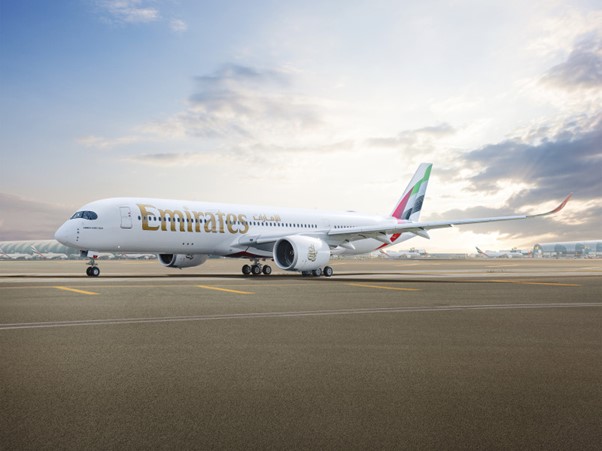 Emirates Ends 2025 on a High with Five World Travel Awards and Over 20 Global Honours
Emirates Ends 2025 on a High with Five World Travel Awards and Over 20 Global Honours  Star Alliance Named World’s Leading Airline Alliance for 2025 at World Travel Awards
Star Alliance Named World’s Leading Airline Alliance for 2025 at World Travel Awards 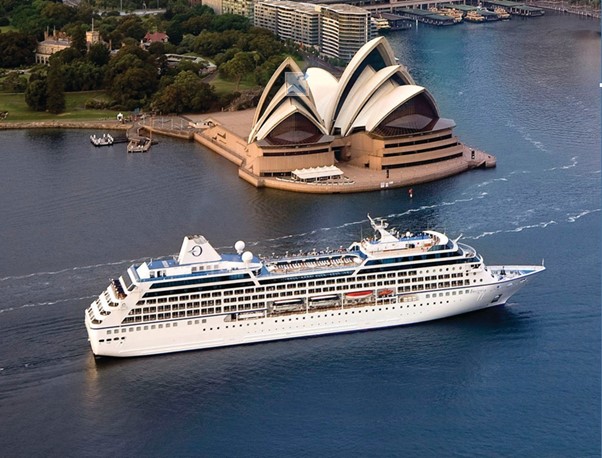 Oceania Riviera Makes Stylish Sydney Debut for First Australia Season
Oceania Riviera Makes Stylish Sydney Debut for First Australia Season 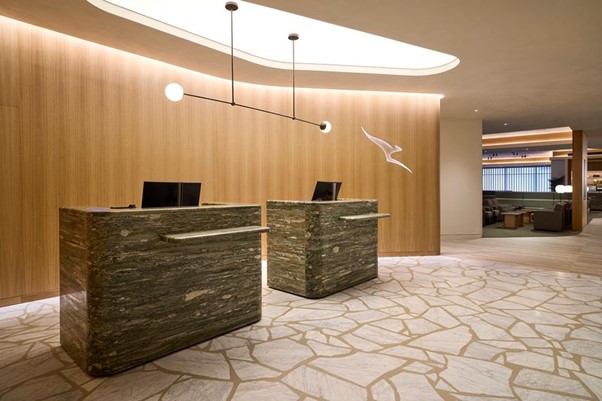 Qantas Unveils New Auckland International Lounge Ahead of Holiday Rush
Qantas Unveils New Auckland International Lounge Ahead of Holiday Rush 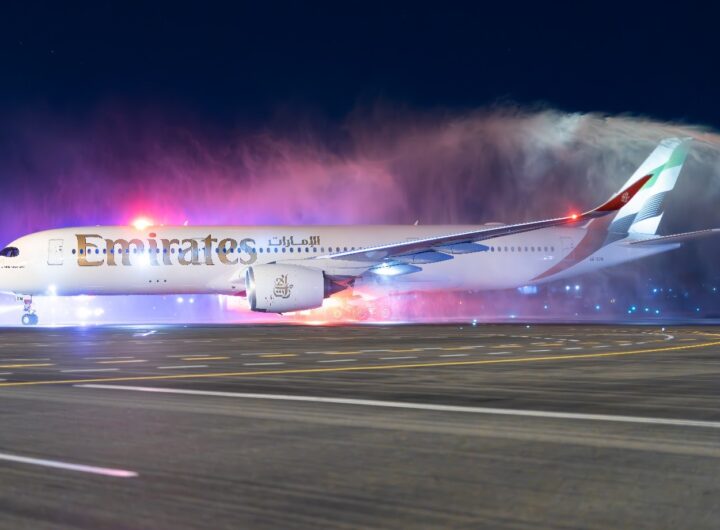 Emirates A350 Debuts in Adelaide with New Premium Economy, Boosting Connectivity and Comfort to Dubai
Emirates A350 Debuts in Adelaide with New Premium Economy, Boosting Connectivity and Comfort to Dubai  Qantas Elevates A380 First Class with New Fine Dining, Aesop Amenity Kits and Bollinger Champagne
Qantas Elevates A380 First Class with New Fine Dining, Aesop Amenity Kits and Bollinger Champagne  Stray Nomad 2025: A Year in Review
Stray Nomad 2025: A Year in Review 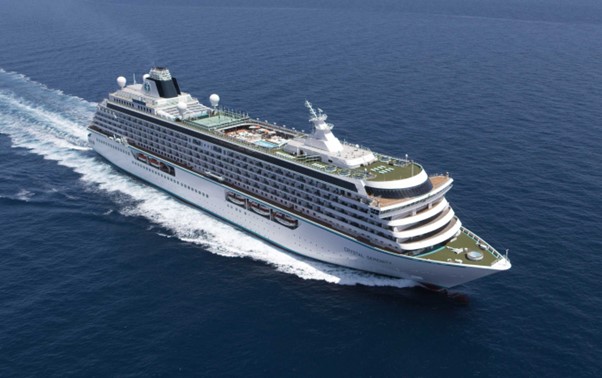 Crystal Serenity Unveils 2028 Amazon, Caribbean and Azores Voyages
Crystal Serenity Unveils 2028 Amazon, Caribbean and Azores Voyages  Explora Journeys and Hilton Unite for a New Era of Luxury Ocean Travel with Launch of Hilton Honors Adventures
Explora Journeys and Hilton Unite for a New Era of Luxury Ocean Travel with Launch of Hilton Honors Adventures 